When passing missing values to ggplot, it's very kind, and warns us that they are present. This is acceptable in an interactive session, but when writing reports, you do not the output get cluttered with warnings, especially if there's many of them. Below example has one label missing, which produces a warning.
library(ggplot2)
library(reshape2)
mydf <- data.frame(
species = sample(c("A", "B"), 100, replace = TRUE),
lvl = factor(sample(1:3, 100, replace = TRUE))
)
labs <- melt(with(mydf, table(species, lvl)))
names(labs) <- c("species", "lvl", "value")
labs[3, "value"] <- NA
ggplot(mydf, aes(x = species)) +
stat_bin() +
geom_text(data = labs, aes(x = species, y = value, label = value, vjust = -0.5)) +
facet_wrap(~ lvl)

If we wrap suppressWarnings around the last expression, we get a summary of how many warnings there were. For the sake of argument, let's say that this isn't acceptable (but is indeed very honest and correct). How to (completely) suppress warnings when printing a ggplot2 object?